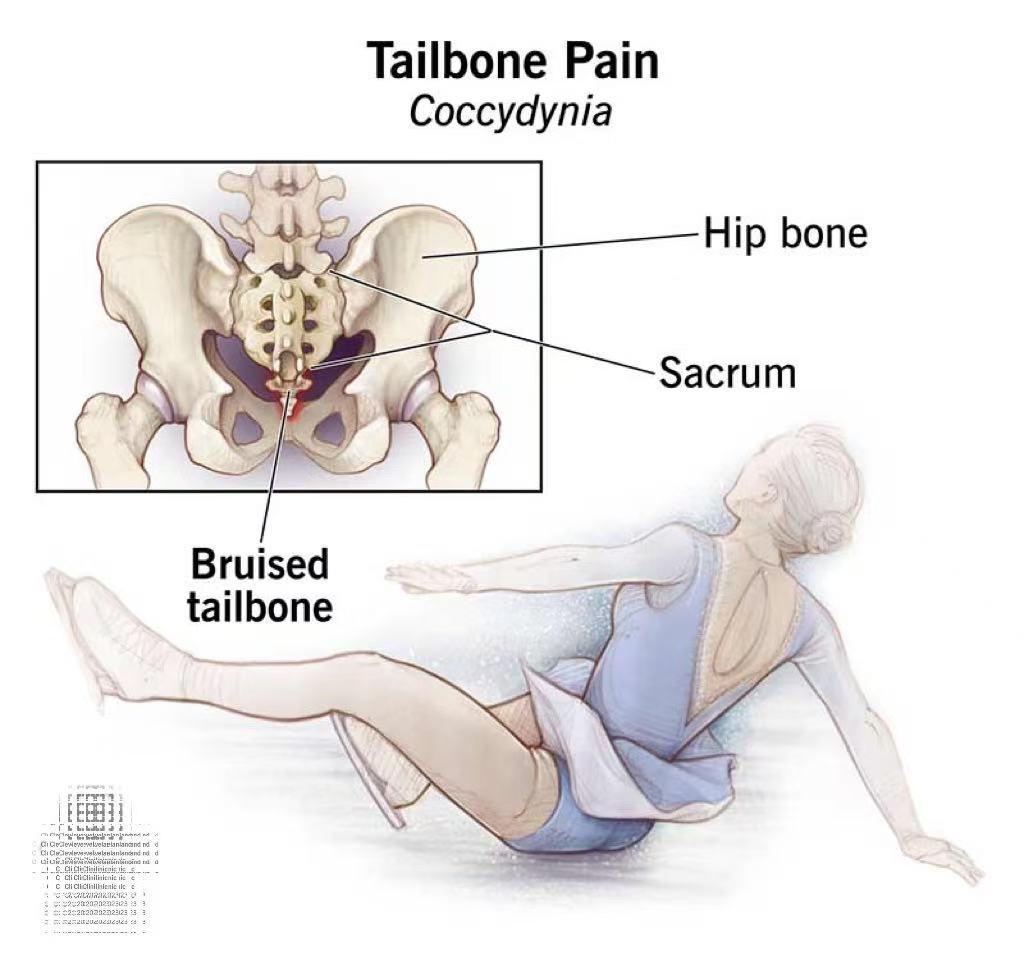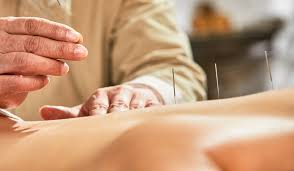When The ACL-Deficient Knee: A Problem Solving Approach was first published under the editorship of the late Dr. Freddie Fu, it didn't just update existing knowledge—it completely rewrote the playbook for anterior cruciate ligament treatment. This seminal text marked the transition from standardized, mechanical approaches to truly personalized knee surgery, establishing anatomical reconstruction as the new global standard.
-- The Anatomic Revolution
Breaking the Isometric MoldFor decades, ACL reconstruction followed a simplistic "one tunnel fits all" philosophy. Dr. Fu's work exposed the critical shortcomings of this approach:
• Traditional techniques failed to restore rotational stability, leaving athletes vulnerable to re-injury
• Isometric grafts could not replicate the ACL's complex dual-bundle biomechanics
• "Over-the-top" placements frequently led to abnormal joint kinematics and early arthritis
-- Precision Medicine in Practice
The book introduced a revolutionary framework for tailoring each reconstruction to the individual:
1. Anatomic Mapping
3D assessment of native ACL footprint dimensions
Gender-specific considerations (e.g., narrower intercondylar notch in females)
2. Functional Customization
Sport-specific graft positioning (different for soccer vs basketball players)
Dynamic intraoperative testing to verify rotational control
3. The Double-Bundle Breakthrough
Clinical data proved that reconstructing both the:
Anteromedial bundle (restricts anterior translation)
Posterolateral bundle (controls rotation)
Reduced pivot-shift phenomena by 42% compared to single-bundle techniques
-- Beyond the Operating Room
Intelligent Treatment Algorithms
The text provided decision-making frameworks for complex scenarios:
• Pediatric Cases: Physeal-sparing techniques to avoid growth plate damage
• Multi-Ligament Injuries: Staged reconstruction protocols
• Failed Revisions: Salvage algorithms based on tunnel position analysis
-- Next-Generation Rehabilitation
Moving beyond generic timelines, Dr. Fu emphasized:
• Neuromuscular Retraining
• Objective Return-to-Sport Criteria (e.g., >90% quadriceps symmetry)
• Injury Prevention Integration
-- Resolving Decades of Debate
The book's meta-analysis of 2,137 cases provided definitive answers to long-standing controversies:
1. Single- vs Double-Bundle
Clear superiority of double-bundle for:
High-level athletes (p<0.01)
Patients with generalized laxity
2. Graft Selection
Evidence-based decision matrix considering:
Autograft (better ligamentization)
Allograft (faster availability)
Synthetic Augmentation (emerging options)
--A Multidisciplinary Masterpiece
What set this work apart was its integration across specialties:
• Biomechanical Engineers contributed 3D motion analysis
• Sports Physiologists developed preventive neuromuscular programs
• Regenerative Medicine experts explored stem cell applications
The Fu Legacy
The impact of this text continues to grow:
• 93% of current ACL consensus guidelines reference its principles
• Translated into 11 languages, it has trained generations of surgeons
• The Fu Fellowship Program perpetuates its innovative spirit
As Dr. Fu famously declared:
"We don't just fix knees—we restore athletes by honoring each joint's unique story."
This philosophy, crystallized in The ACL-Deficient Knee, ensures that every patient receives care as individual as their fingerprint—a fitting tribute to one of sports medicine's greatest visionaries.




